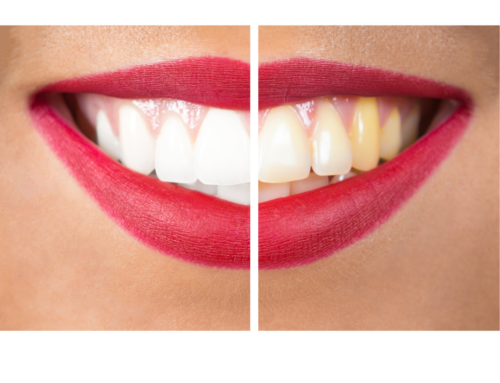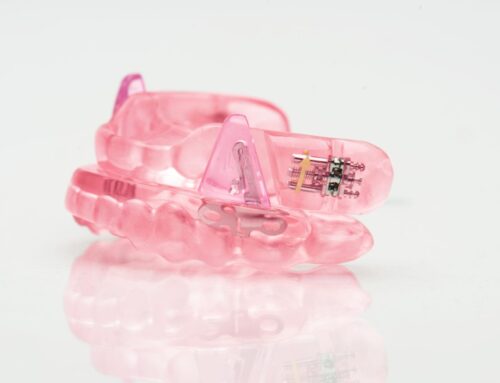A straight, beautiful smile is something many of us aspire to have, and thanks to advancements in orthodontics, achieving that dream smile has become more accessible than ever. When it comes to straightening your teeth, you may be faced with a common dilemma: choosing between clear aligners and traditional braces. Both options have their advantages, but the decision ultimately depends on your individual needs and preferences. In this blog, we’ll explore the differences between clear aligners and traditional braces to help you make an informed choice for your smile.
Clear Aligners: The Discreet Solution
Clear aligners, like Invisalign, have gained immense popularity in recent years, and it’s not hard to see why. They offer a discreet and comfortable way to straighten your teeth without the noticeable wires and brackets of traditional braces. Here are some key benefits of clear aligners:
Virtually Invisible
Clear aligners are made of transparent plastic, making them nearly invisible when worn. This is particularly appealing to adults and teenagers who may feel self-conscious about traditional braces.
Removable
One of the most significant advantages of clear aligners is that they are removable. You can take them out while eating, brushing, and flossing, allowing for better oral hygiene and the freedom to enjoy your favorite foods without restrictions.
Comfortable
Clear aligners are custom-made to fit your teeth comfortably, and they don’t have sharp edges or wires that can cause irritation in your mouth.
Fewer Office Visits
With clear aligners, you typically have fewer in-person appointments compared to traditional braces. This can be a convenient option for those with busy schedules.
Traditional Braces: Time-Tested Effectiveness
While clear aligners offer many advantages, traditional braces remain a tried-and-true method for correcting various orthodontic issues. Here are some reasons you might opt for traditional braces:
Severe Alignment Issues
For individuals with more complex alignment issues, traditional braces can provide precise control and targeted correction.
Predictable Results
Orthodontists have extensive experience with traditional braces, which allows for highly predictable results in even the most challenging cases.
No Compliance Concerns
With clear aligners, compliance is essential. You must wear them for at least 20-22 hours a day for effective results. Traditional braces are fixed in place, eliminating any concerns about wearing them consistently.
Lower Cost
Traditional braces are often more cost-effective than clear aligner treatments, making them an attractive option for many families.
Conclusion
The decision between clear aligners and traditional braces ultimately depends on your unique dental needs, lifestyle, and personal preferences. It’s crucial to consult with an experienced dentist to evaluate your oral health and discuss the most suitable treatment plan for you.
At Novi Oaks Dental, we understand that every smile is unique, and we’re here to help you make the right choice. Our skilled team of experts can assess your needs, answer your questions, and provide personalized guidance to ensure you achieve the smile you’ve always wanted.







